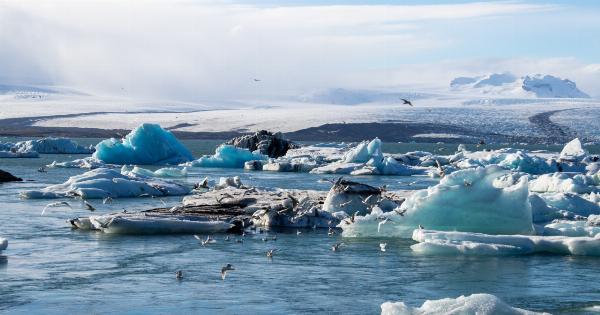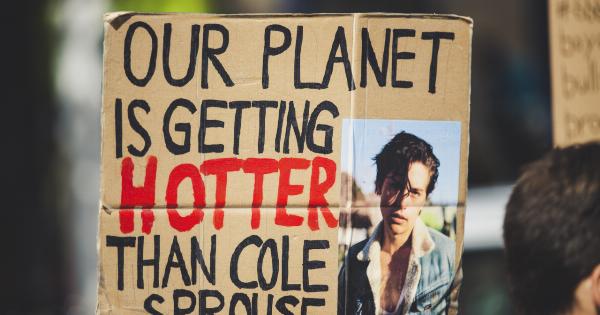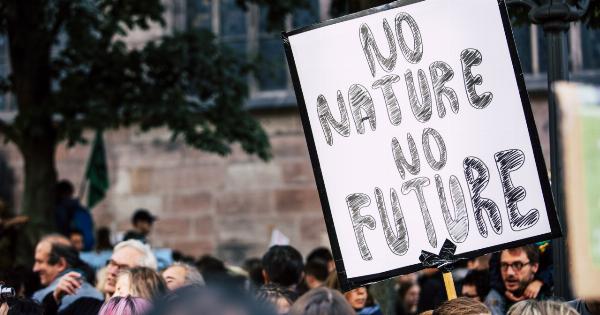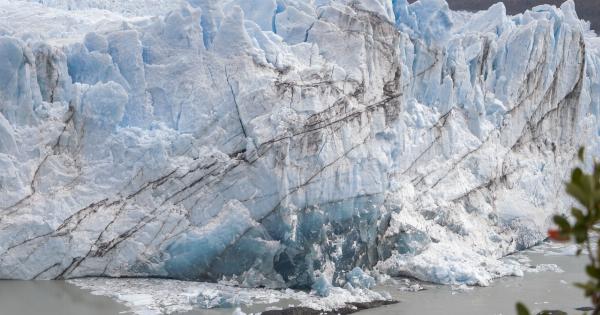Global warming: Heat is a topic that has gained a lot of attention in recent years. The rise in the average temperature of the Earth’s climate system and related effects is often referred to as global warming.
This article will explore the causes and consequences of global warming, as well as possible solutions to this complex problem.
Causes of Global Warming
One of the primary causes of global warming is the increase in greenhouse gases such as carbon dioxide, methane and water vapor. These gases trap heat from the sun in the atmosphere, causing the Earth’s temperature to rise.
Human activities such as burning fossil fuels, deforestation, and industrial processes contribute to the increase in these gases.
Consequences of Global Warming
The consequences of global warming are numerous and far-reaching. One of the most immediate effects is the rising sea levels due to the melting of the polar ice caps. This can result in the displacement of millions of people who live in low-lying areas.
Another serious consequence is the increase in extreme weather events such as hurricanes, heatwaves, and droughts. These events can lead to crop failures, food shortages, and mass migration.
Solutions to Global Warming
There are many solutions proposed to combat global warming, ranging from individual actions to international agreements.
One possible solution is to reduce our dependence on fossil fuels by increasing the use of renewable energy sources such as solar and wind power. Another solution is to increase energy efficiency in buildings and transportation by using greener technologies. Additionally, reforestation and implementing sustainable agricultural practices can help reduce the emission of greenhouse gases.
Role of Individuals and Governments
Both individuals and governments have an important role in addressing global warming. Individuals can make small changes in their everyday lives such as reducing energy consumption, using public transportation, and decreasing meat consumption.
Governments can implement policies such as carbon pricing, which puts a tax on greenhouse gas emissions, and invest in research and development of green technologies.
Impact of Global Warming on Oceans
Not only land areas are affected by global warming, but also oceans. Increasing temperatures are causing ocean acidification, which can lead to the destruction of coral reefs and harm marine life.
Furthermore, melting ice can disrupt ocean currents, and changing temperatures can alter habitats of fish populations, causing disruptions in the food chain.
Examples of Global Warming Solutions
There are many examples of global warming solutions that have been implemented around the world. Germany has made significant investments in renewable energy and has successfully reduced its dependence on coal.
Iceland has increased its use of geothermal energy and is now the largest producer of this renewable energy source in the world. Additionally, the Montreal Protocol, an international treaty signed in 1987 to protect the ozone layer, has been successful in reducing greenhouse gas emissions.
The Role of Education in Combating Global Warming
Education plays a critical role in combating global warming. By teaching people about the causes and consequences of global warming, as well as possible solutions, we can create a society that is more proactive in addressing this issue.
Schools, colleges, and universities can provide education and encourage research on the effects of global warming. Additionally, educational campaigns can be implemented to raise awareness of the issue among the wider public.
The Future of Global Warming
Given the serious consequences of global warming, it is important that action is taken to address this issue. While there are many proposed solutions, more action is needed to reduce greenhouse gas emissions and create more sustainable societies.
The future of global warming is not predetermined, and the actions we take now can make a significant impact on the health of our planet and future generations.























